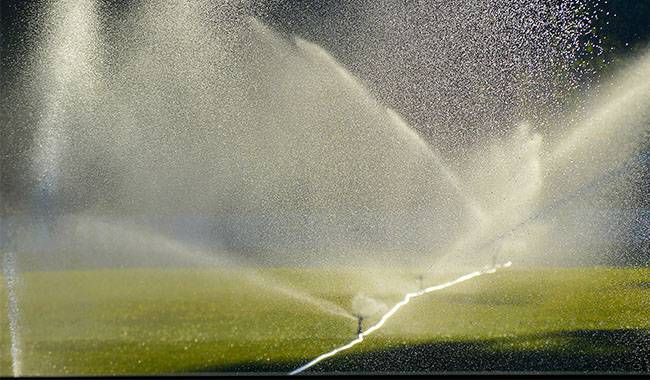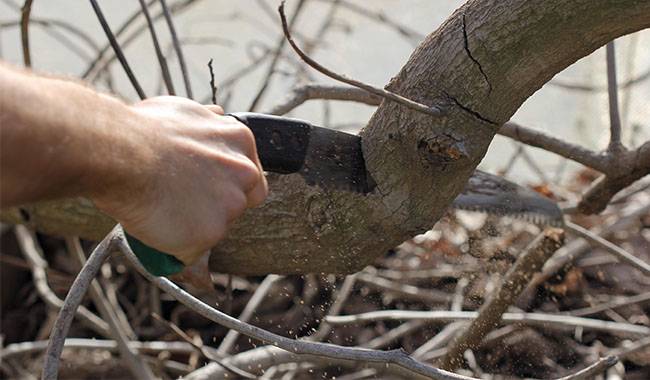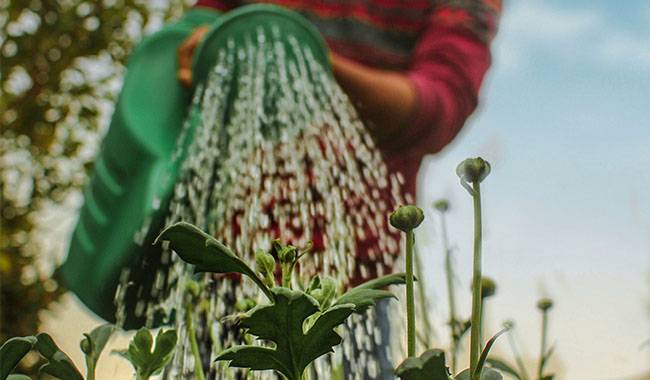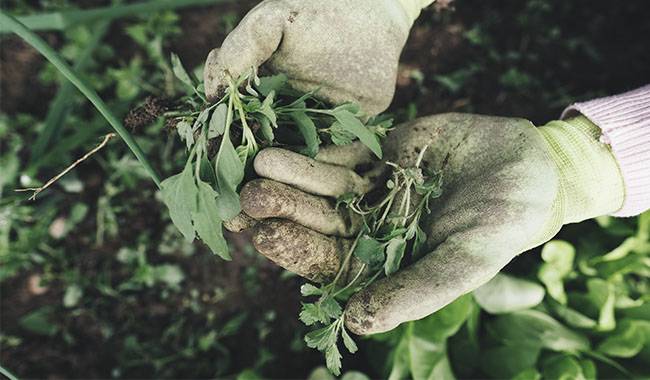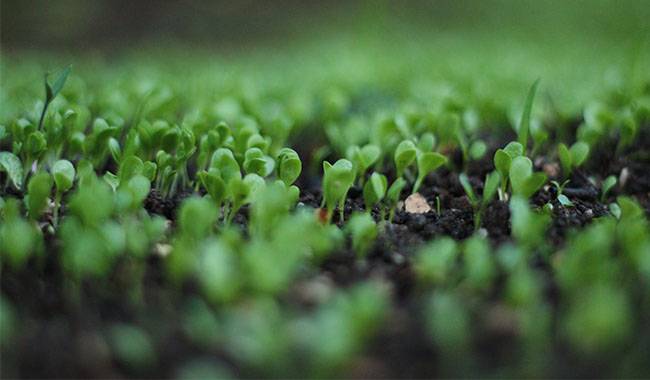
The main crop has been harvested. The beds are empty. Cold weather is approaching. Now is the time to be responsible – to prepare the soil for future harvests. It is necessary to prepare during the remaining warm season so that the favorable period for sowing and planting in the spring is not taken up by untimely tasks: removing waste, digging (if needed), applying fertilizer, etc. Fertilizers, especially organic fertilizers, are applied during the warm season so that some of them are treated by the soil microbiota and are available for plant use from early spring. However, in the cold season, organic fertilizers remain almost unchanged. In this article, we will give you an overview of fall fertilization and related issues.
WHAT FERTILIZER SHOULD BE APPLIED IN THE FALL?
Mineral fertilizers
Plants can obtain nutrients from the soil in accessible forms but with low mobility (i.e., they do not leave the root zone with fall rainfall). These include phosphorus and potassium in mineral fertilizers and ammonium in nitrogen fertilizers.
Mineral fertilizers increase the effective fertility of the soil but reduce the natural fertility and lead to increased acidity that the vast majority of vegetable plants cannot tolerate.
To fill the soil with the correct fertilizer, it is best to use a compound fertilizer, in which the elements are in the correct proportions for the plants. These are mainly phosphorus and potassium fertilizers, some of which are rich in micronutrients. They contain very small amounts of nitrogen. Among these fertilizers, it is recommended to use nitrogen, carbon ammonia, phosphorus, potassium, etc., and other fertilizers starting in the fall.
Application of ashes
Natural mineral fertilizers, obtained by burning leaves and other wastes of horticultural plants, weeds, and woody plants. The ashes contain a wide range of trace elements. Apply 2.2-4.4 Lb (1-2 kg)/11 sq. ft. every 3-4 years. It is especially recommended that cabbage, potatoes, and other crops requiring neutral soil fertilize seedbeds with ash starting in the fall.
The mere application of mineral fertilizers for many years can acidify the soil, sometimes quite severely if the organic matter content is low. Therefore, in autumn, organic fertilizers in the form of fresh and decomposed manure, mature compost, and green manure (glucosinolates) are applied in addition to mineral fertilizers.
Organic fertilizers
Humus
Organic fertilizers in autumn usually include humus, chicken manure, and compost. On poor soils, apply up to 660-1100 Lb (300-500 kg) of fresh manure per hectare. In September/October, it is spread over the allocated area and incorporated into the soil.
The area is usually left fallow for a year, with planned weed removal and moderate watering during hot, dry weather. These measures are necessary to improve the conditions for processing fresh manure into a more acceptable form for plants (humus).
Chicken manure
A concentrated organic fertilizer. Applied directly under the roots, the manure can cause burns to the plant’s root system. Poultry manure is diluted and used as a liquid solution for fertilizer application. In solid form, it is used in the same way as manure, in the fall when digging, every 2-3 years. Application rates range from 440-550 Lb (200-250 kg)/0.16 acre.
Compost
Compost is an organic fertilizer made from plant and animal manure plus soil and peat (if available). It is particularly useful for poor soils because it activates the beneficial soil microbiota that converts organic matter into humus.
On soils rich in organic matter, compost is used only for top dressing, and on poor soils, compost is also used for fall preparation. Typically, 6.6-11 Lb (3-5 kg) per 11 square feet is used for all vegetable crops.
Green manure, or green manure
Green manure, or green manure, is also an organic fertilizer. Overwintering green manures are sown under tillage in the fall after the main crop has been harvested or left until spring when the soil is prepared. They are used for heavy soil loosening (rape, oats, phacelia, mustard, bittercress, etc.).
Some green manure plants not only loosen the soil but also make it more fertile (mustard and legumes, Mikania-Oat mixture, maidenhair, alfalfa, Mikania, peas, beans, etc.).
Soil disinfectants can be a good option to prevent scab, root rot, nematodes, and nematodes. Sow a mixed crop of oilseed rape-mustard-radish-oats, adding marigold and marigold. You can sow oil radish in combination with mustard, goldenrod, and marigold, as well as other crops.
Soils are home to a myriad of organisms that recycle organic matter into the humus plants need to provide them with a usable form of nutrients. In winter, the vast majority of “living” soil matter freezes and stops “working” in cold weather, so prepare your soil for spring during the warm fall period.
PREPARING THE SOIL FOR FALL FERTILIZATION
Fall fertilization ensures that more oxygen and moisture are provided to the soil, which plants need in the spring. In addition to better water and air conditions, a plowed, loose seedbed will warm up faster in the spring sun.
All garden work can be made easier. Simply spread mulch, manure, and compost after harvest, leave the weeds, and dig everything up in late fall, adding phosphorus and potash fertilizers. Whether this preparation will be of great help is a question that must be answered correctly. The following advice can be given.
If the vegetable garden is divided into seedbeds and a crop rotation chart, each seedbed should be prepared separately. The soil on the farm is rarely of the same type and equally fertile. Usually, it is waste soil, even from quarries, so all beds do not need the same preparation for spring works, much less deep digging as the soil is turned over.
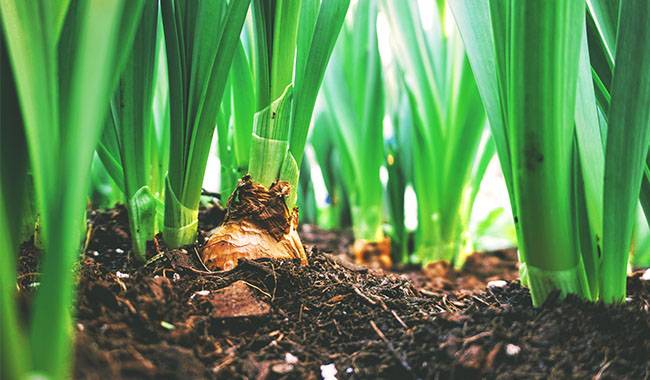
HOW TO APPLY FERTILIZER CORRECTLY?
Fall fertilization under excavation
If the soil is clay, loamy, and compacted during the winter, loosen the soil by applying manure, humus, or other organic waste (grass clippings, leaves, sawdust, etc.) before digging in the fall.
If organic manures are available, spread them evenly over the bed and dig to a depth of 6-8inch (15-20 cm). When the soil is mixed with loose organic matter, it will become less dense. Aerobic bacteria, earthworms, and other soil organisms living in the topsoil will recycle most of the organic matter before retiring for the winter.
IMPORTANT: Do not dig below 12inch (30cm) as some aerobic plants will die if exposed to negative conditions. When the layer is turned over, anaerobic bacteria will rise from the depths and die as well. It is more practical and correct to work in the upper 6inch (15cm) layer of soil.
On average (if nothing else is recommended for a particular culture), 2-4 buckets of humus and 2-3 buckets of bio humus per 11 square feet of area are sufficient. In this case, if the weather is dry, the area can be watered before digging. And with the departure of snow makes under shallow burial of phosphorus and potassium fertilizers averaging 30-40 grams and 20-25 grams of calcium superphosphate and potassium sulfate, respectively.
If there is no organic fertilizer, it can be replaced by cut grass branches. That is, cut the collected weeds into small pieces and bury them in the topsoil. Start digging by cutting the first row into a trench up to 8inch (20cm) deep. Put a layer of 2-3inch (5-8 cm) of prepared weeds and harvested leaves at the bottom and put a layer of soil on top without turning it over.
The formed trench is again filled with chaff and covered with soil. During the turning period, you can add phosphorus and potassium fertilizers at the recommended rate for the crop. On average, 40-60 grams of calcium superphosphate and 25-30 grams of potash or potassium sulfate per 11 square feet are applied to start in the fall. With this method of soil preparation, the soil volume of the bed will double.
Fall green manure ensures good results. You can sow and dig up the green manure crop when it grows to 4inch (10 cm) high, cut off only the upper part and leave it for sowing in spring or plant a separate nest in green manure.
Fertilization and loosening of soil
In light, loose or sandy soils, complete digging is not necessary. Individual areas with thistle, couch grass, and rhizomes can be tilled. Level the soil and loosen it by 4-6inch (10-15 cm).
If these types of soils are rich in humus, apply organic fertilizer in 1-2-3 years and at least 2-4 buckets for crops in dire need of organic matter during the vegetation period.
If humus levels are low, up to 5 buckets of semi-decomposed or mature humus or compost can be applied in the fall and incorporated into the topsoil. Organic matter will help retain moisture in the topsoil, provide nutrients to the soil microbiota, and maintain soil structure.
Weed infestations produce heavy sprouting in the fall. On light soils, this must be eliminated 1-2 times by shallow loosening and sometimes even pre-watering to provoke faster, friendlier sprouting.
At the end of September in the south, and probably earlier in the central United States, the final preparations are made by spreading organic fertilizers and other organic matter, adding mineral fertilizers, and replanting.
LIME TREATMENT IN AUTUMN
As mentioned earlier, soils that have been fed only mineral nutrients for a long time are becoming increasingly acidic. Acidification is especially noticeable on sugar beetroots. If you are not getting any yield, or if the yield is too low despite implementing all the necessary agricultural measures, you should consider applying lime.
It is best to apply lime treatment using dolomite or lime powder. It is particularly effective on sandy, loamy soils with magnesium deficiency and sandy soils with low humus content. If dolomite powder is not available, lime can be used for liming. Soils are usually coated with lime after 3 to 5 years. Fertilize with lime in August/October. Compliance with the recommended dosage is mandatory.
On moderate to heavy loess soils
At pH=4,5, use 500-600 g of dolomite powder per 11 sq. ft.
On moderately acidic soils with pH 4,5-5,2, the application rate is reduced to 450-500 g/11 sq. ft.
On slightly acidic soils with a pH of 5,2-5,6, the application rate is 350-450 g/11 sq. ft.
On sandy and light soils
When РН=4,5-4,6, the application rate is 400-350 g/11 sq. ft. respectively.
With increasing pH 4,8-5,0, the fertilizer is applied at 300-250 g/11 sq. ft.
At pH=5.2, no lime treatment was applied.
More related information about fertilization




